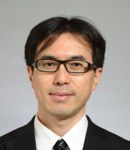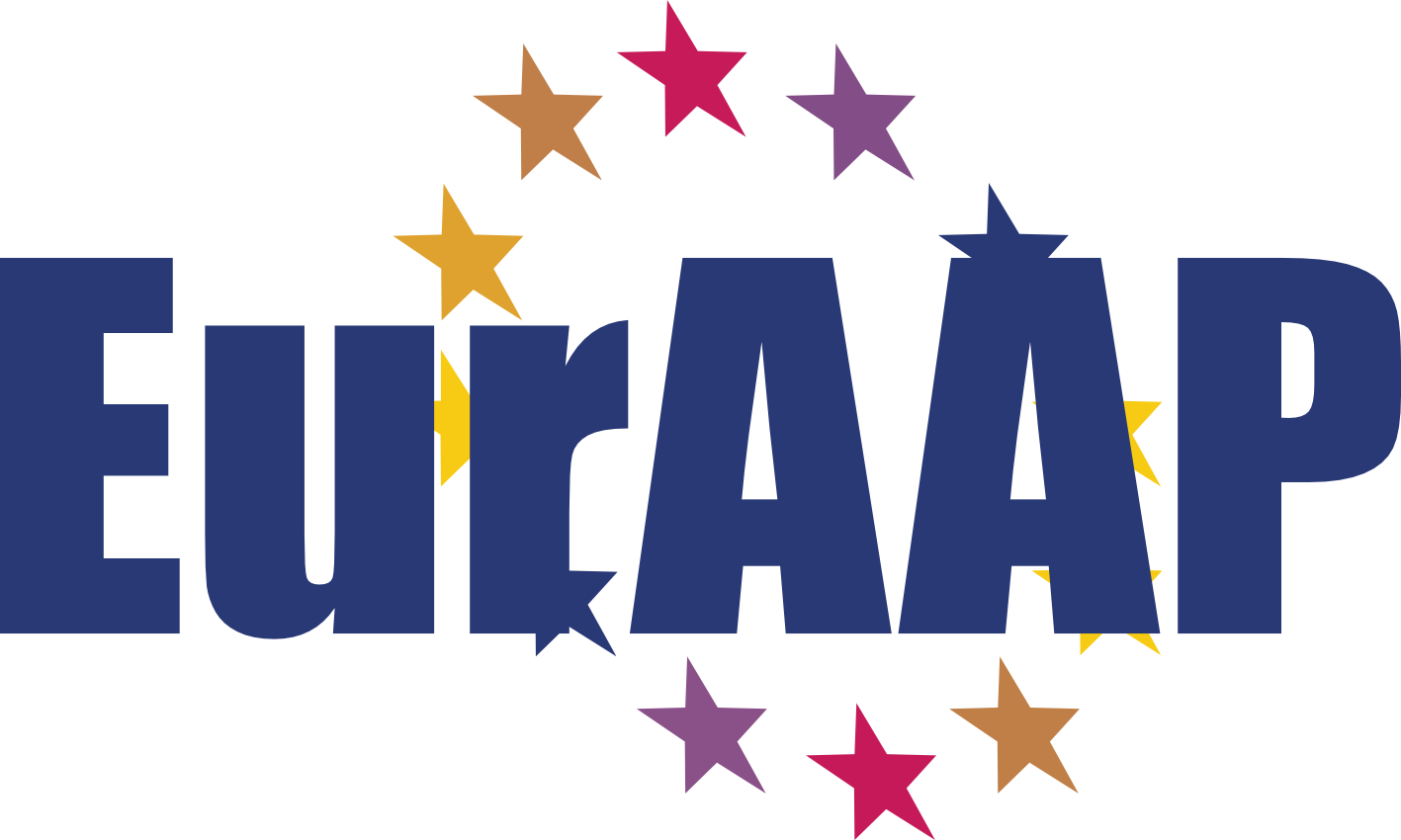IS06: Human Body Imaging and Remote Vital Monitoring using UWB Doppler Radar
Tuesday - 3:40-4:20pm - Room Havane
Takuya Sakamoto
University of Hyogo, Himeji, Japan

Abstract
This talk introduces recent developments in the signal processing aspects of ultra-wideband (UWB) radar technology for measuring human bodies. Ultra-wideband radar has attracted increased attention because of its wide range of applications, including measuring body shape and action types, identifying concealed objects, and even remotely measuring vital signs such as respiration and heartbeat. This talk covers several advanced signal processing techniques, which are applicable to UWB radar data for retrieving information about the subject. Near-field radar imaging technology is currently used for body scanners at airports intended to detect concealed weapons. Our techniques enable us to generate high-quality radar images quickly, which is crucial for real-time applications. Another technique we have been developing is related to noncontact measurement of vital signs, which could be a breakthrough in the recent trend of health-conscious gadgets that non-invasively measure heartrate. Our signal processing helped us to achieve an unprecedented level of accuracy in the noncontact measurement of instantaneous heartbeat intervals using a multiple-input multiple-output UWB radar system. The performance of these techniques has been verified using various measurements.


















